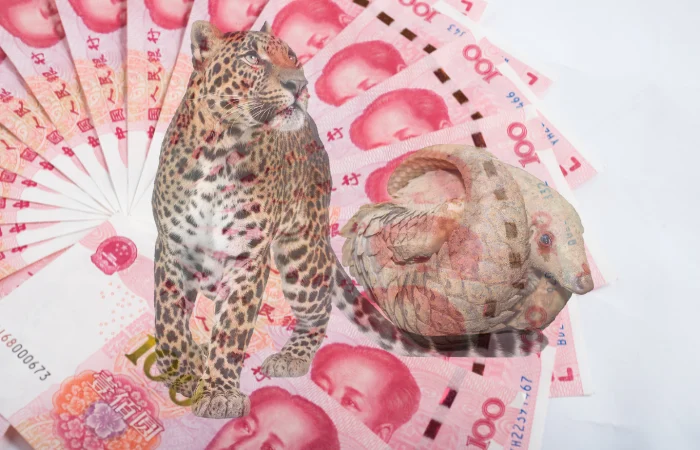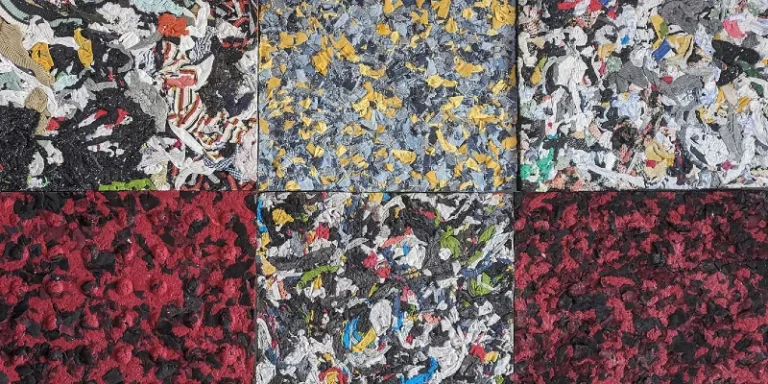In the heart of Nigeria, a pangolin rescued from the clutches of wildlife traffickers finds sanctuary at the Green Finger Garden in Lagos. This endangered animal’s plight sheds light on a concerning trend spanning continents, with some Chinese pharmaceutical companies implicated in the use of endangered animal parts in their products.
A comprehensive report released on Monday by the London-based Environmental Investigation Agency (EIA) has exposed three Chinese drugmakers, listed on prominent stock exchanges, for their controversial practices. The companies in question, Beijing Tong Ren Tang group, Tianjin Pharmaceutical group, and Jilin Aodong Pharmaceutical Group, have significant investments from some of the world’s leading banks.
These three companies are not isolated cases; they’re part of a larger group of 72 firms that EIA has identified for using parts of endangered species such as leopards and pangolins in at least 88 traditional Chinese medicine (TCM) products. The focus on these particular pharmaceutical companies stems from their public listing and their blatant display of products containing leopard or pangolin parts on their official websites.
TCM manufacturers have a history of publicly endorsing the supposed benefits of such ingredients, even going as far as listing them on their product packages. “It’s particularly disappointing to see so many major banks and financial institutions effectively endorsing this damaging exploitation,” commented Avinash Basker, a legal and policy specialist for EIA. Basker urged these financial giants to reconsider their investments and divest from TCM manufacturers that exploit threatened species.
Despite multiple attempts to reach out for comments, Beijing Tong Ren Tang, Tianjin Pharmaceutical group, and Jilin Aodong Pharmaceutical Group remained unresponsive. Meanwhile, the EIA has identified investments from 62 financial institutions in at least one of these three firms. The list includes major players such as HSBC Holdings (HSBA.L), UBS (UBSG.S), Deutsche Bank (DBKGn.DE), Citigroup (C.N), and BlackRock (BLK.N).
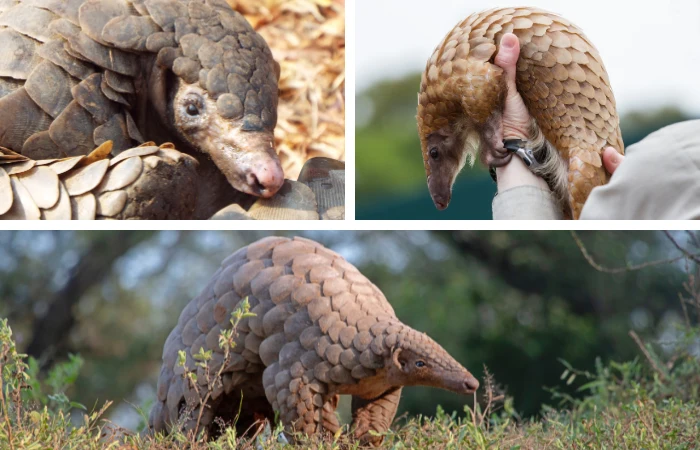
Some investors have already taken a stand, with Wells Fargo & Co (WFC.N) confirming they’ve divested from the funds invested in these TCM firms. HSBC Global Asset Management Canada and the Royal Bank of Canada clarified that their investments were limited to passive or tracker funds. UBS stated that its shareholdings were held on behalf of clients. On the other hand, Deutsche Bank, HSBC Holdings, Citigroup, and BlackRock have yet to respond to EIA’s queries.
The activist group is calling on the Chinese government to enact stricter regulations, urging for a total prohibition on the commercial use of endangered animal parts in domestic markets. However, the response from China’s National Medical Products Administration is still pending.
With China’s amended Wildlife Protection law coming into effect in May, there is a glimmer of hope. The law bans the trade of most wild animals for consumption as food but allows certain exceptions for breeding and use. The EIA and the global community now watch closely, hoping for a decisive action that would mark a significant stride toward wildlife conservation and ethical pharmaceutical practices.
The Endangered Animal Trade in Chinese Medicine Is A Complex Web
As the controversy surrounding Chinese pharmaceutical companies’ use of endangered animal parts continues to unfold, we at Dakoa thought it might be helpful to learn more about the types of products involved and the cultural, financial, and legal frameworks that have allowed such disgusting and distasteful practices to continue.
Traditional Chinese Medicine: A Cultural Heritage with a Dark Side
Traditional Chinese Medicine (TCM) has a rich history dating back thousands of years, deeply ingrained in Chinese culture and philosophy. It encompasses a wide range of practices, including herbal medicine, acupuncture, and the use of animal parts. Among these, the use of endangered animals in TCM has been a subject of international criticism due to its impact on biodiversity and wildlife conservation.
The Products and Their Ingredients
Chinese pharmaceutical companies and consumers have been using parts of endangered animals in various forms of TCM products, such as:

Pangolin Scales
The scales are ripped off and used for their supposed ability to reduce swelling, invigorate blood circulation, and alleviate lactation issues. Just like your fingernails, their scales have no medicinal qualities. Pangolins are among the most trafficked mammals in the world, and their populations are rapidly declining.
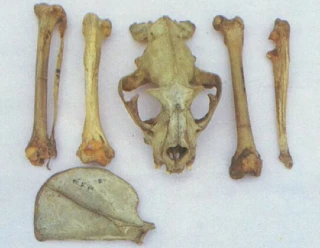
Leopard Bones
Utilized in traditional wine and medicines, believed to treat conditions ranging from arthritis to epilepsy. The demand for leopard bones has led to a significant threat to leopard populations in Asia and Africa.
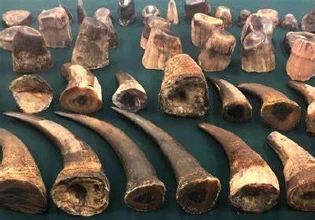
Rhino Horns
Traditionally used to treat fever, rheumatism, and gout, despite no scientific evidence supporting these claims. The trade in rhino horns has been a major driver of rhino poaching.
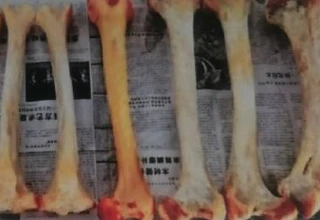
Tiger Bones
Used in wines and medicines, believed to impart strength, and relieve various ailments. Tigers are critically endangered, with very few left in the wild.
Financial and Legal Aspects
The trade in products made from endangered animals is a lucrative business, with significant financial incentives for both manufacturers and sellers. The involvement of major banks and financial institutions (including US-based firms) in companies associated with these practices highlights the financial magnitude of the industry.
Legally, China has made strides, well, steps, in recent years to curb the trade in endangered species such as the amended Wildlife Protection law. However, enforcement remains a challenge, and loopholes exist that allow the breeding and use of endangered animals under certain conditions.
And in the end, what’s a law on paper if it’s not enforced?
There’s a growing awareness and shift in attitudes among Chinese consumers, particularly among the younger generation, who are more conscious of wildlife conservation and the ethical implications of their choices.
With the younger generation, the TikTok generation if you will, this issue has taken root. They don’t just see it as cruel and inhumane, but also as outdated, superstitious, and culturally embarrassing.
In between catchy dances on TikTok, they question how a country can be pushing to advance in the scientific, technological, and pharmaceutical industries while still holding on to such ancient practices that have long been disproven.
More To Discover
- Amazon’s Green Hope Reduced to Ash: Arson Devastates Three-Year Reforestation Endeavor
- China’s Disturbing Antarctic Ambitions: A Quest for Dominance When Environmental Treaties Get in The Way
- Is China’s Nuclear-Powered Containership the Future of Shipping?
- Bottom Trawling Unleashes 370 Million Tons of Hidden Carbon Emissions, Study Reveals
And for me personally, I’ll write something that I never thought I would… Thank you to the TikTok generation for being more mature and grown than those twice your age (on this subject)!
This, combined with international pressure and legal reforms, is fostering a gradual move away from the use of endangered animals in TCM.
Nonetheless, eradicating deeply rooted practices and beliefs is a complex process that requires a multifaceted approach, involving education, legal reforms, and the promotion of sustainable alternatives. As the world watches and waits, the role of financial institutions, governments, and consumers becomes ever more critical in determining the fate of endangered species and the future of traditional Chinese medicine.








